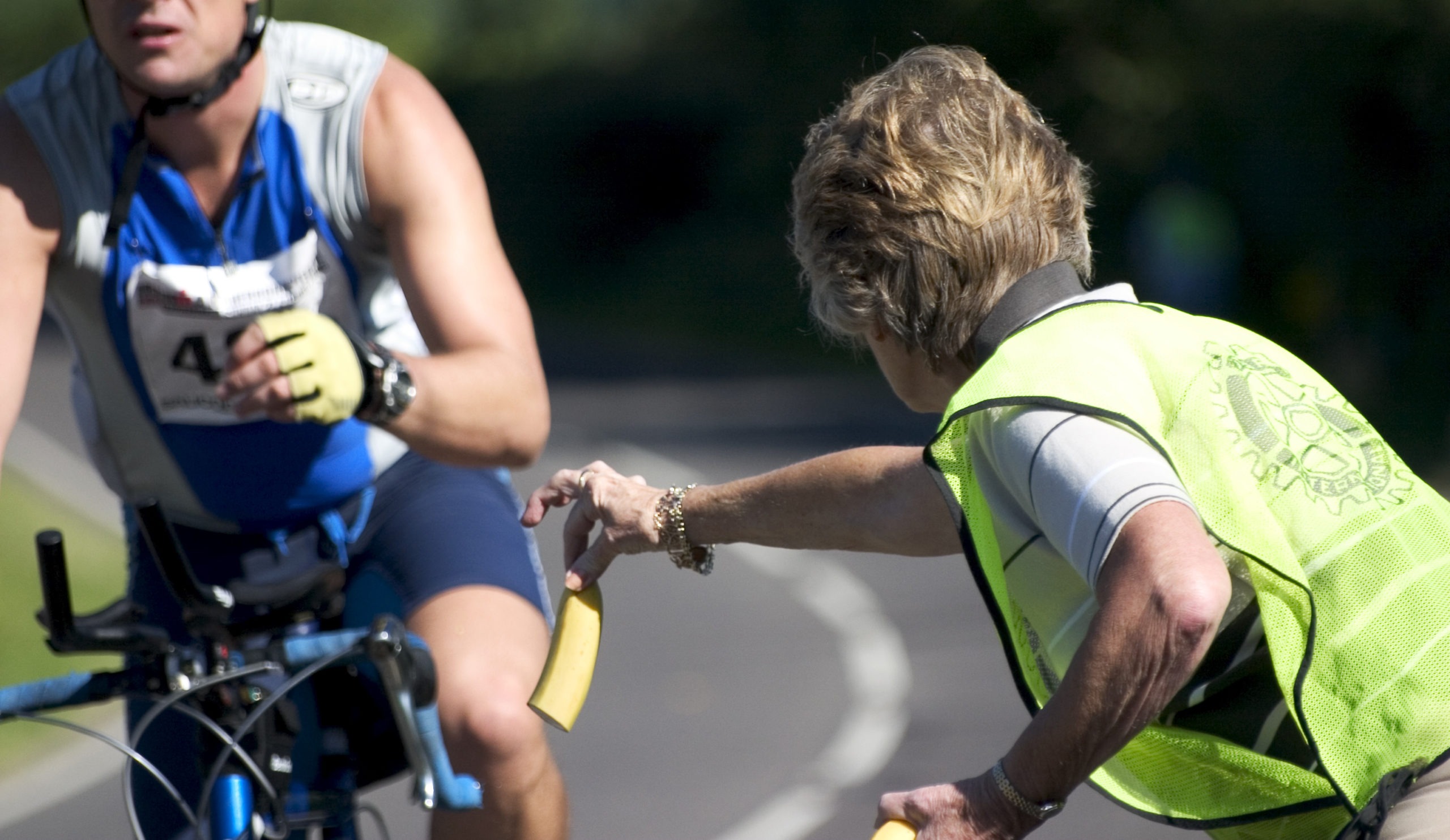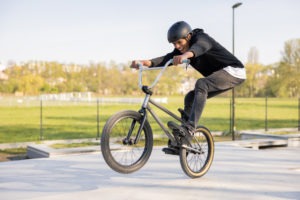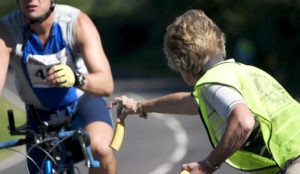For some riders, there’s nothing like a long-distance trip, whether it’s a day-long tour or multi-day adventure. As fun as they can be, long-distance rides aren’t for the faint of heart. These rides require ample training, planning, and preparation to make them as enjoyable as possible. Once you are out on the road, it’s your training, planning, and preparation that will matter most. Below are some important considerations and tips for planning your long-distance ride.
How to get the best workout on your bike – https://www.the-house.com/portal/how-to-get-the-best-workout-on-your-bike/.
How to Train
The duration of your trip will depend on your level of fitness. If you are new to cycling—or to fitness—your idea of a long-distance trip will be much different from that of a seasoned rider or experienced athlete. Experts advise a gradual training regimen that will realistically prepare you for your ride. They suggest consulting your physician or fitness professional in developing your workout regimen. You should take into account your physical strengths and weaknesses in developing a targeted fitness plan.
For example, longer, lighter rides will build cardiovascular strength, while weightlifting and short rides with with more resistance will build strength. The more gradual and comprehensive your workout schedule is, the better prepared you will be for your long ride and the more enjoyable it will be. Interval training and stretching are also important components of your preparation.
Checking Your Bike
Before you shove off for your long ride, it’s crucial that you take stock of your bike’s condition and make any needed repairs. This process includes surveying the condition of the chain, the tires, the chainrings, and the brake pads. You should pack extras of each, plus a travel pump and tire-repair kit.
What to Pack
In addition to packing spare bike parts, you can’t go wrong with an ID, some emergency cash, your credit card, and your cell phone with charger—just in case you run into any trouble. Pack ample snacks and water for each day’s ride, your helmet, sun and eyeglasses, medications, and comfortable clothing for biking.
What to Eat and Drink
As part of your planning, you will likely map out venues for food and, if applicable, for overnight accommodations. So, you might snack on the trail until you reach a café—your planned destination for lunch—fill up nutritiously, and then continue. Be sure to stay hydrated with small but frequent drinks from the water bottle.
Pacing Yourself
There’s a fine line between testing your limits and overexerting yourself. When you’re out on the road or trail, you might promise yourself a special reward for continuing to pedal, despite feeling fatigued. This incentive can help you finish those last few miles of the day feeling satisfied. But if you are winded and in pain, it could be that you’ve simply pushed too hard and exceeded your limits. In that event, it’s critical that you get extra rest that evening, rehydrate, and take it extra easy the following day.
8 ways to make your bike seat more comfortable – https://www.the-house.com/portal/8-ways-to-make-your-bike-seat-more-comfortable/.
Souces:
https://bicyclewarehouse.com/blogs/news/how-to-prepare-for-a-long-bike-ride
https://www.traillink.com/trail-traveler/how-to-prepare-for-a-long-distance-bike-ride/
https://www.livestrong.com/article/175281-how-to-train-for-a-long-bike-ride/
https://bikepush.com/long-distance-cycling/
https://bikepush.com/eat-before-long-endurance-bike-ride/
https://www.bicycling.com/rides/a32982466/what-to-pack-for-a-long-bike-ride/








